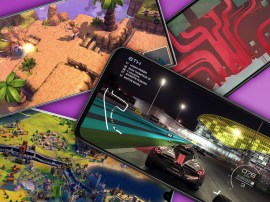9 things you need to know about Google’s Project Tango
Project Tango devices will map the world around you in real-time. Allow us to explain... UPDATE 14/11/14: The tablet is now listed on the Google Play Store
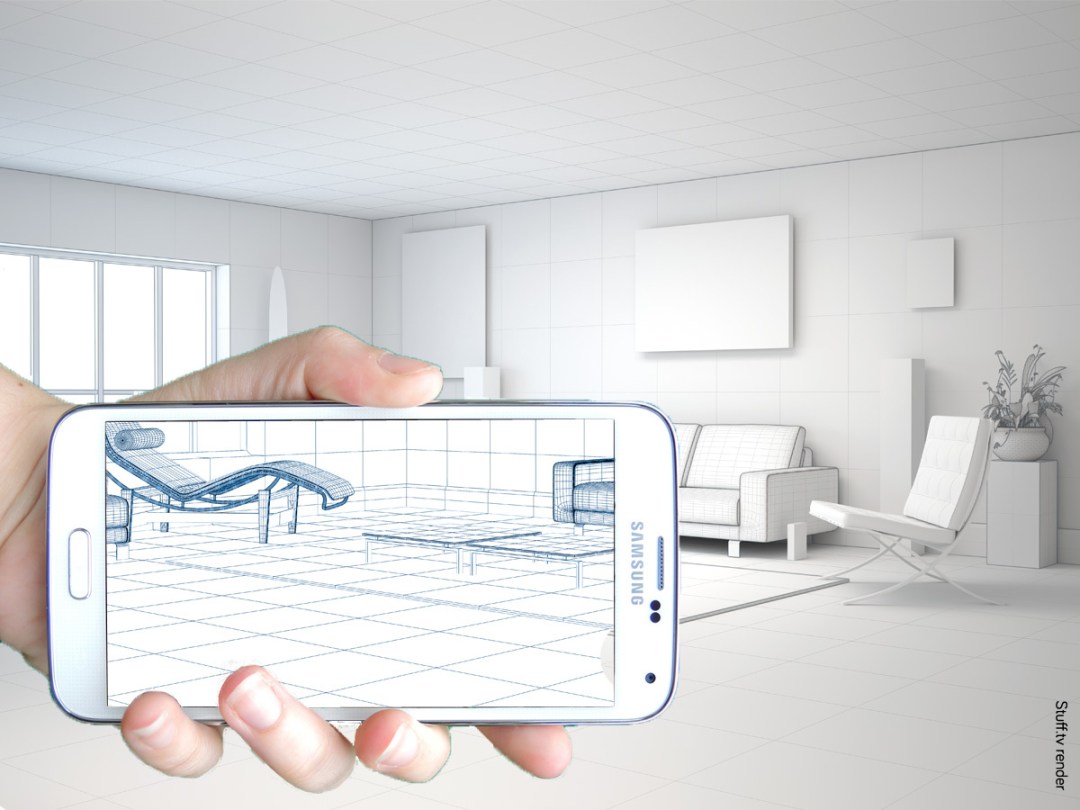
If everything is going according to plan over at the Googleplex, app developers should soon be able to get their hands on the first tablets with Google’s Project Tango tech inside.
Tango allows a device to build up an accurate 3D model of its immediate surroundings, which Google says will be useful for everything from AR gaming to navigating large shopping centres.
We imagine you’ve got a few questions about that – so let us attempt to answer them for you.
1. What is Project Tango?
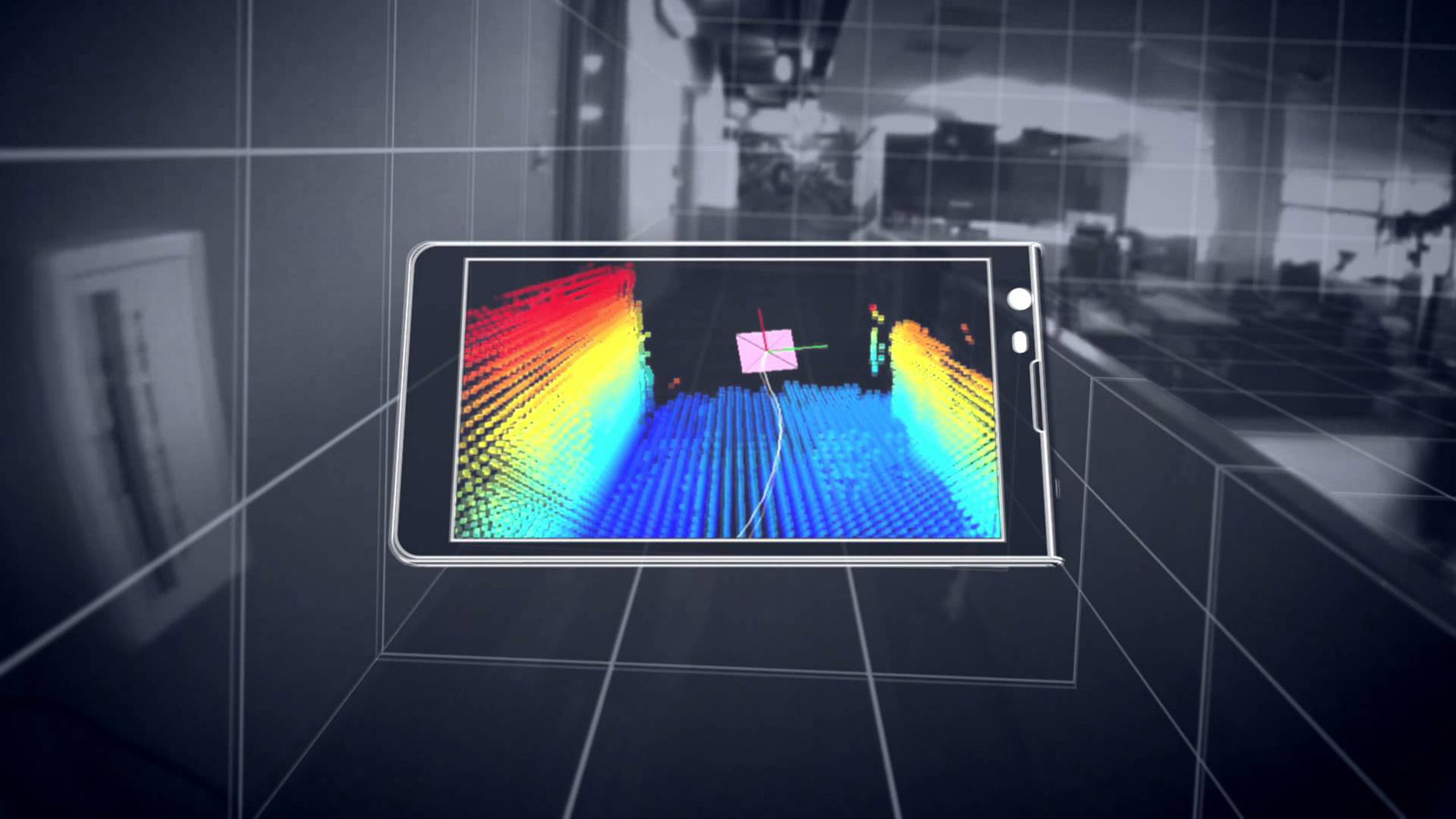
Google isn’t content with making software for phones that can merely capture 2D photos and videos. Nor does it just want to take stereoscopic 3D snaps.
Instead, Project Tango is a bid to equip every mobile device with a powerful suite of software and sensors that can capture a complete 3D picture of the world around it, in real-time.
Why? So you can map your house, furniture and all, simply by walking around it. Bingo – no more measuring up before going shopping for a new wardrobe. Or so you can avoid getting lost next time you go to the hospital – you’ll have instant access to a 3D plan of its labyrinthine corridors. Or so you can easily find the ‘unhealthy snacks’ section in your local megamart. Or so can play amazing augmented reality games. Or so that the visually impaired can receive extra help in getting around.
In fact, as with most Google projects, the ways in which Tango could prove useful are only limited by your imagination. After all, who’d have guessed Street View would prove such a hit with artists?
2. Who’s behind it?

The two key technology partners involved with Project Tango are Israeli imaging firm Mantis Vision and seasoned robotics engineers at Californian hiDOF.
Inside Google, Project Tango is the work of the Advanced Technology and Projects group (ATAP) – which was formerly part of Motorola. That in turn is headed up by Johnny Chung Lee, who was once best known for his work developing Microsoft’s Kinect. ATAP is also the group behind the Project Ara modular mobile phone experiment, so it’s clearly au fait with boundary-pushing tech.
3. How does the tech work?
Mantis Vision’s MV4D technology currently sits at the heart of handheld 3D scanners and works by shining a grid pattern of invisible lights in front of a bank of two or more cameras to capture the topography of the world it sees – not entirely unlike what you see when putting in a Tiger Woods game.
HiDOF, meanwhile, specialises in software that can not only interpret the data that sort of sensor produces, but also combine it with GPS, accelerometer and gyroscope readings to produce an accurate map of your immediate surroundings in real-time.
Doing all of this on an ARM-powered smartphone is described by the company as a “daunting task”.
4. Can I get hold of Project Tango yet?
At the time of its announcement, Google said that there were 200 prototype phones going out to selected developers in the first instance, and that 4000 tablets costing US$1024 each would be available around about now. It’s similar to the way in which Google Glass was launched.
Astronauts have also been able to play around with Tango, because it’s already been to space – as documented in the video above.
5. What does the tablet look like?
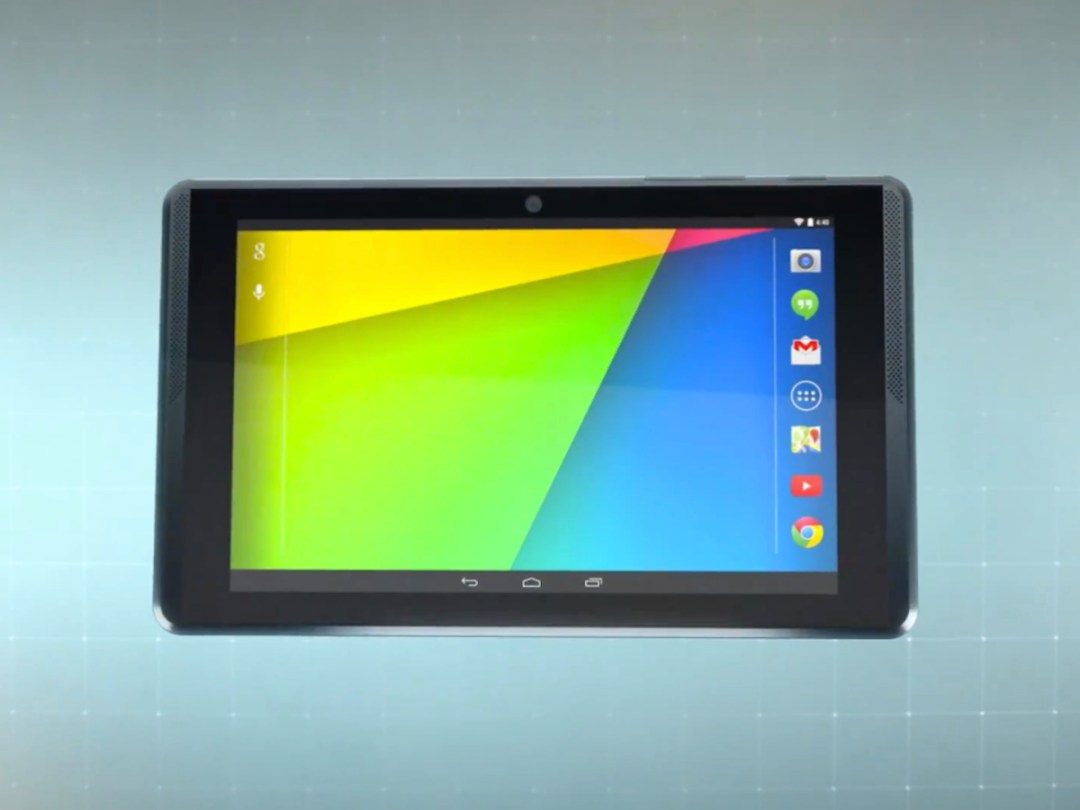

It’s a fairly standard 7in slate with a slight wedge at the back to accommodate the extra sensors. As far as we can tell, it has three cameras including the webcam.
Inside, it has one of Nvidia’s so-far-untested Tegra K1 mobile processors with a beefy 4GB of RAM and a 128GB SSD.
Google is at pains to point out that it’s not a consumer device, but one is supposedly on the way. Made by LG, it is expected to arrive next year.
The phone that was sent out earlier in the year has been the subject of an iFixit teardown, so we know more about that. For instance we know that its depth-sensing array consists of an infrared projector, 4MP rear camera and front-facing fisheye view lens with 180-degree field of vision. Physically, it’s a standard phone shape but rather chunky compared to the class of 2014. More like something from about 2010
Presumably there’ll be a consumer-focused phone released next year too – Tango makes more sense on a pocketable device after all – but there’s no word yet on who might make it or what it might look like.
6. Do I want to get hold of it?
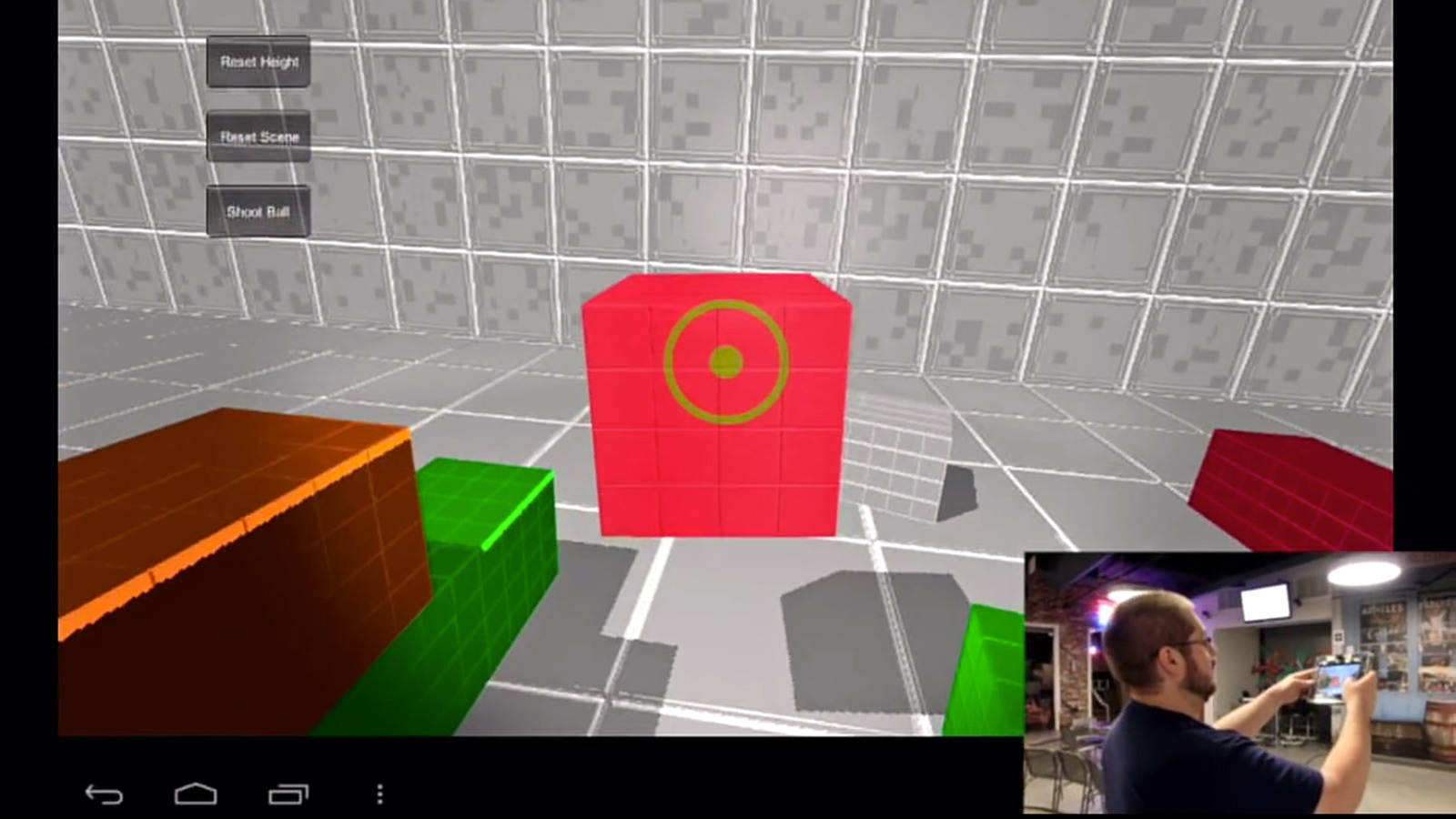
Right now, probably not.
Early kits are really for testing the device APIs and starting work on apps which will make use of Project Tango’s new abilities.
In the future, almost certainly.
There are a few obvious uses for Tango mooted already – alternate reality (AR) gaming and 3D scanning are popular everyday activities – but like Street View and Maps, it’s only once Tango is out there that we’ll really get a feeling for the difference it can make.
7. If it all sounds strangely familiar…
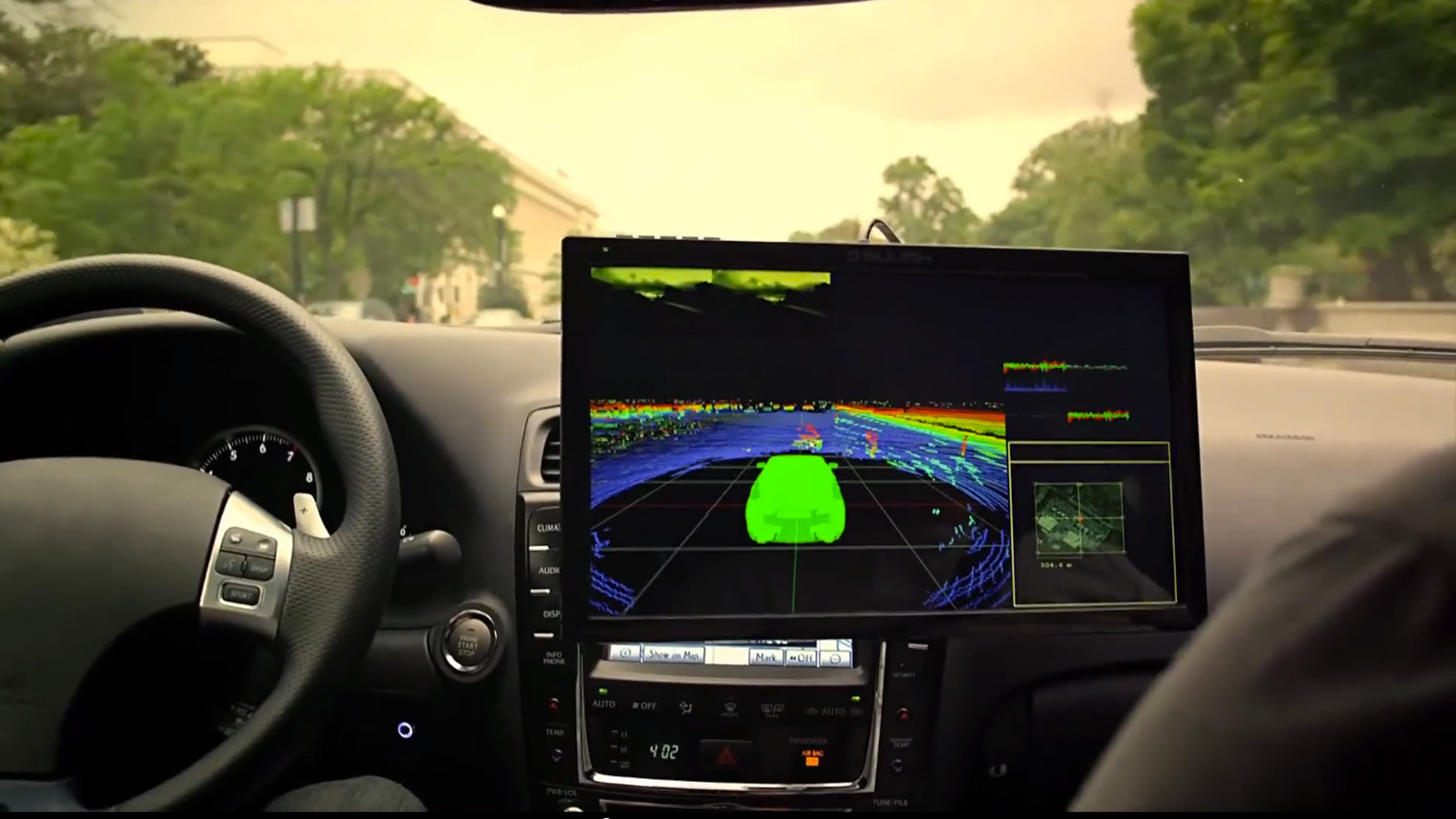
Google’s been working on something similar to Project Tango for a while now, but on a much bigger scale than smartphone processors. The reason its much-vaunted self-driving cars work is because they can see everything that’s happening around them, building on-the-fly topographical maps to avoid collisions and potholes.
Much of the same tech has gone into Tango and indeed some of the same people have worked across both projects. Yes, we’re fairly envious of their CVs.
8. What’s Google after?
Creative Commons inventor Larry Lessig made the case in a TED speech that it’s easy to forget how different the world is today thanks to Google’s desire to know everything.
For instance, while many people consider some tasks – notably political reform – to be impossible, they have no problem accepting the likelihood of a single company photographing every square foot of almost every single road in the world and stitching them together to create a single image service. Which, on the face of it, should be a far harder project.
The unforeseen benefits of Google’s mapping odyssey include everything from being able to visit holiday destinations before booking them, to enabling home delivery in places where post offices and street names don’t exist.
If Project Tango works – and we’ve no reason to suspect it won’t – it could prove every bit as revolutionary as Maps or Street View. It just might take a while for its true genius to become clear.
9. Has it popped up at the Play Store? (Spoiler: Yes it has)

It looks like Project Tango isn’t too far off release, because it has appeared at the Google Play Store, albeit in a development kit form.
The tablet is available in either black or white and, as promised, is priced at US$1,024 (£655). However, it’s not yet available to order in the US (expect that to change soon) and if you view the page from the UK it says it isn’t available in the country at all.
READ MORE: Everything you need to know about Android L, Google’s next mobile operating system


